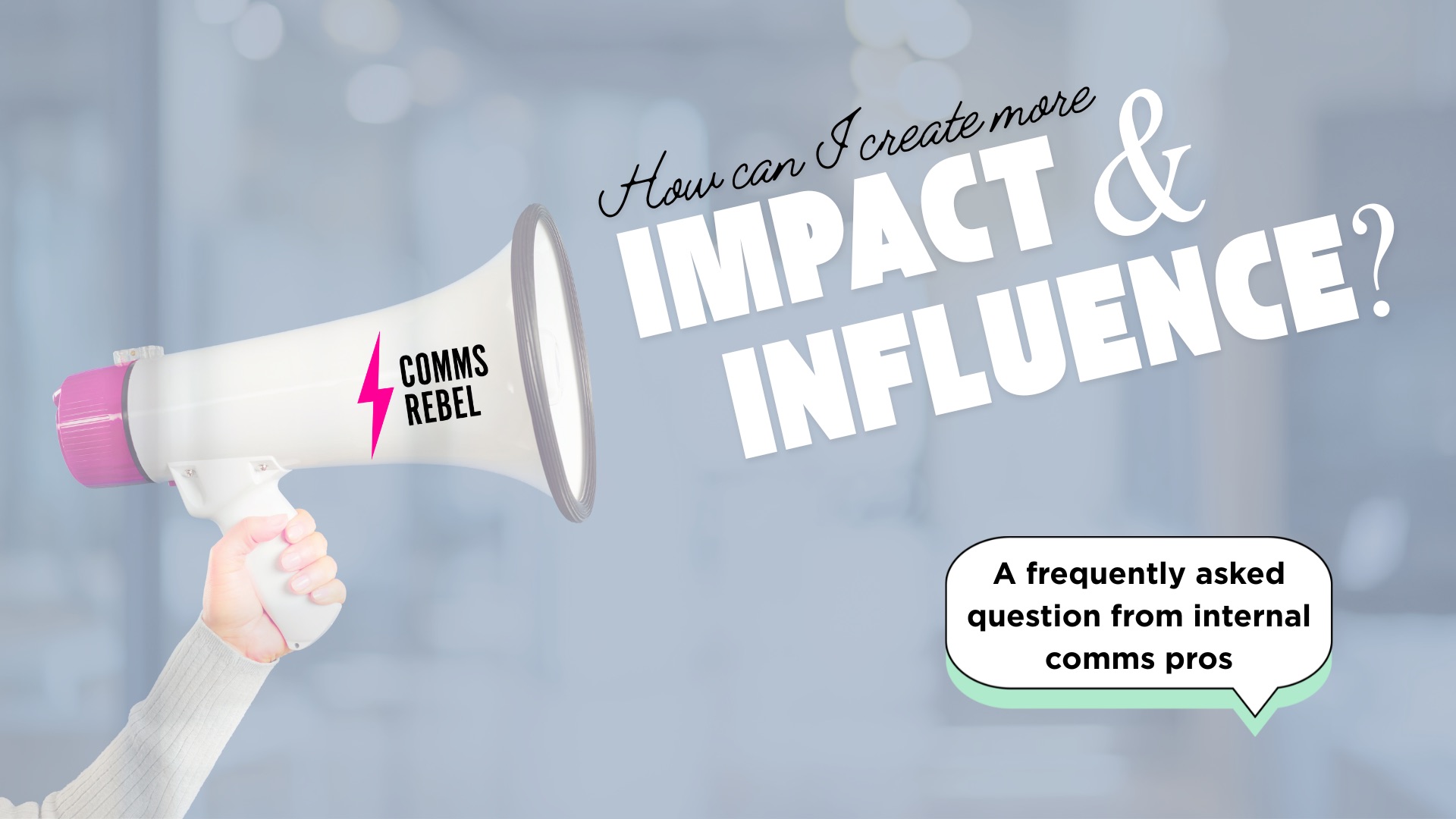I asked on Twitter to see what topic people would like to see covered this week in my blog, and unsurprisingly Line Manager communications were the most popular request.
This is an area, as communicators, we’ve discussed over and over again at various conferences/events/webinars – yet we still don’t seem to have the solution on how to manage this critical, yet sometimes challenging, population. I sometimes think if we’re overcomplicating the whole thing and we just need to take a step back. There’s a lot going on at the moment, and the pressure is on for many people.
Sometimes our blanket approach isn’t useful, and we can often forget the purpose of our communications and what we’re asking from our leaders. There’s no silver bullet but at CIPR Inside we’re investing in a research project to dig a bit deeper to exactly what the problem is with this critical layer.
In the meantime, here are some practical top tips and techniques that might help considering the current pandemic world we are living in.
Create a safe space.
In one of my roles, we created a #commscorner. We used to joke that it was a therapy session for many, but to be honest, it helped some managers to open up about the challenges they were facing.
Think about creating some sort of safe space that managers can come along to if they have any questions. A virtual drop-in lounge on one of your social channels could work well, or a regular zoom/virtual call where people can drop in if they have any questions or things they want to ask.
Keep it informal but make sure you’re consistent with it because it does take time to build up momentum to things like this.
Watch the volume of information.
One of the common complaints from line managers I’ve spoken to is the sheer volume of information they receive daily, especially in the current climate not only from the communications team but from others in the organisation. Think about segmenting your messages – are the messages you’re sending out relevant to everyone? Do you have a clear call to action? Have you given adequate time-frames for them to respond? I understand that not everything is in our control, and others drive some of our communications. But it is our role to bring some balance, and if you’re inundated with requests from various people to send things out, then you need to build in a robust process that people can follow.
In previous roles, we never sent out more than one group email a day – and everything had to be logged in the calendar at least 72 hours beforehand. The only exception to the rule was anything urgent – and I mean critical like the building is on fire.
Measurable outcomes
In my experience when I’ve explained and demonstrated the impact communications can have to a line manager they are immediately bought in. I mean measures that they care about, not how many people opened an article that they wrote. Things like, helping to reduce sickness, improving health and safety, more innovation, increased performance – they need to understand what’s in it for them and their team.
I’ve faced into many debates about the challenges of proving that some of the improvements was down to communications but if you’re tracking before the campaign, during and after, it’s difficult to argue with numbers. Also it may not be 100% down to communications, that’s fine, but I can almost guarantee that communications were the instigators – and that’s what matters.
These are simple, practical tips that you can implement pretty quickly. Let me know if there’s anything else you do that has made a difference in your workplace when it comes to manager comms. Follow me on Twitter @advita_p and now Instagram @advitap.
If you want to talk about impact and measurable outcomes – then drop me an email and let’s have a chat on how I can help you.


